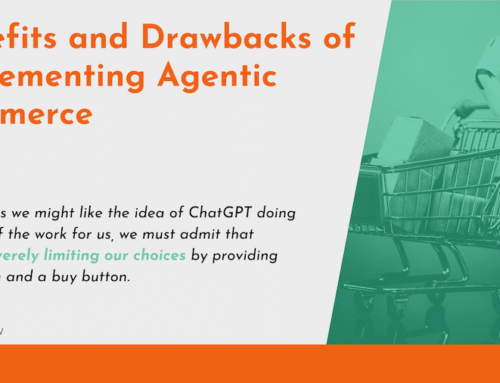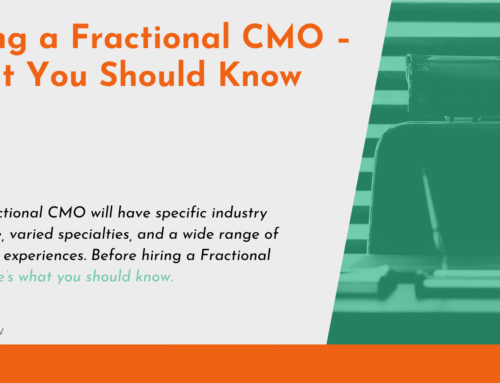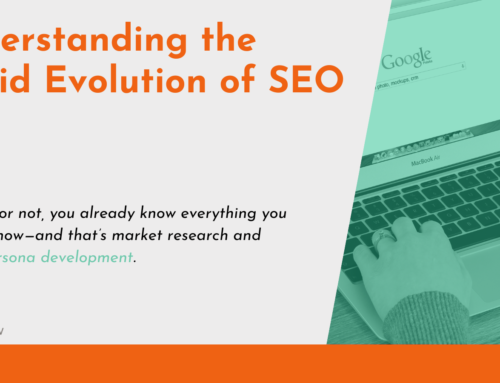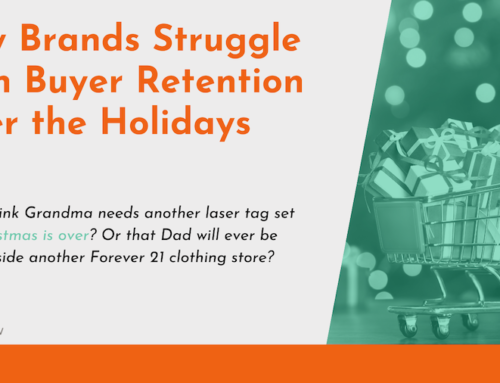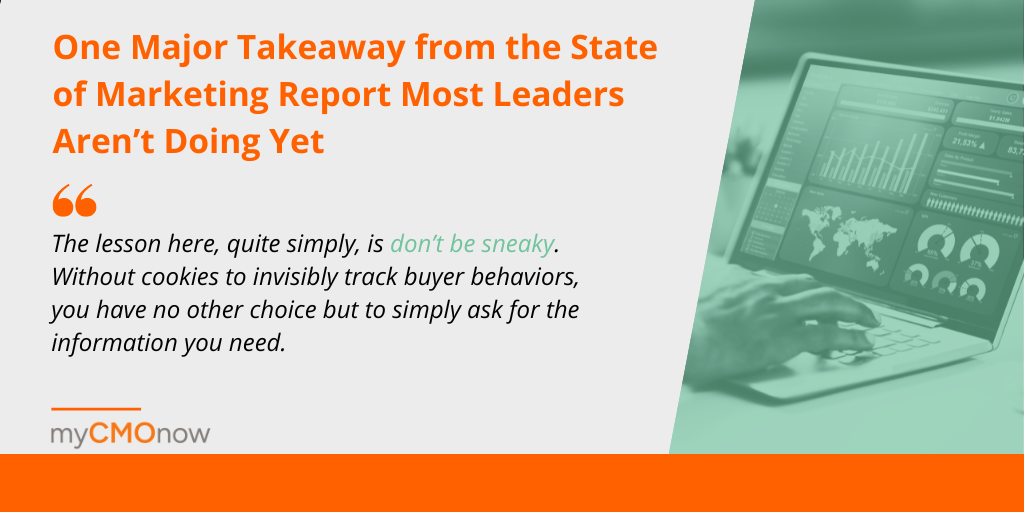
Personalized marketing has been a cornerstone of strategy and execution for over a decade, growing stronger and more important as technology improved to provide data collection and automation options. During the latest State of Marketing Report from HubSpot, 94% of marketers said that personalization boosts sales.
Now, hearing that 94% of marketers have experienced more success with personalized marketing seems like a given. After all, we just stated that personalization, as a marketing tactic, has been a focus for marketers for more than ten years. Would you be surprised to learn, then, that only 80% of marketers reported that personalization was critical to their success in 2023, just one year ago?
The Growth of Personalized Marketing
In 2014, HubSpot released their State of Ecommerce Marketing Report, which stated that only 37% of businesses found personalized emails important, and only 36% thought a personalized website experience was needed. The leap from those numbers to this year’s 94% speaks for itself.
It’s not just the importance of personalized marketing that has grown. We’ve also seen the technology and tactics grow and evolve over the years. A personalized tag in an email was a good first step for brands that wanted to introduce a more personalized experience then.
From that small step, we moved through the personalization that marketing automation software provides to the data gathering and parsing that third-party cookies gave us. The numbers don’t lie; consumers prefer to receive relevant offers.
The Death of Cookies
You’ve no doubt heard that third-party cookies are slowly sunsetting. Apple set the standard when increasing privacy policies for Safari users, blocking any tracking programs. Other companies began to follow suit upon realizing how much privacy means to consumers. Now, we’re in the last stages of third-party cookie use, and this does bring to light a new problem.
Those cookies that tracked internet use and gathered data on the websites visited, products explored, vacations advertised, and services investigated—they’re about to go away. All of that information that informed marketers’ efforts to present relevant offers to consumers based on their expressed interests through internet use—not to mention the geographic, demographic, and psychographic information gathered—it’s about to be gone for good.
What’s a marketing leader to do?
The Growing Importance of First-Party Data
The lesson here, quite simply, is don’t be sneaky. Without cookies to invisibly track buyer behaviors, you have no other choice but to simply ask for the information you need. So, does this make marketing automation and behavior tracking impossible now? Of course not!
Marketing automation software still provides the opportunity to track buyer behaviors on your website. Instead of getting enormous amounts of information about people who may have never seen your products or services and using that information to target those invisible buyers in ads and offers, you can gather information from the very people who have already shown an interest in your brand. With nothing more than an email address from each visitor, you gain the ability to follow their journey through your service and product pages.
There are several ways to elicit the first piece of contact information from potential buyers, such as:
- Newsletter signups
- Blog alerts
- Discount offers
- Ebooks, white papers, and case study information
These are some of the most popular options, but you may find more creative things to trade for a name or email address.
As of right now, only 47% of companies are engaging in cookie-less targeting. You have a chance to gain an edge of your competitors by providing transparent and authentic opportunities to engage with your buyers and provide truly personalized experiences.
To learn more or for help devising first-party data strategies for personalized marketing, reach out any time. We’re here to help.

